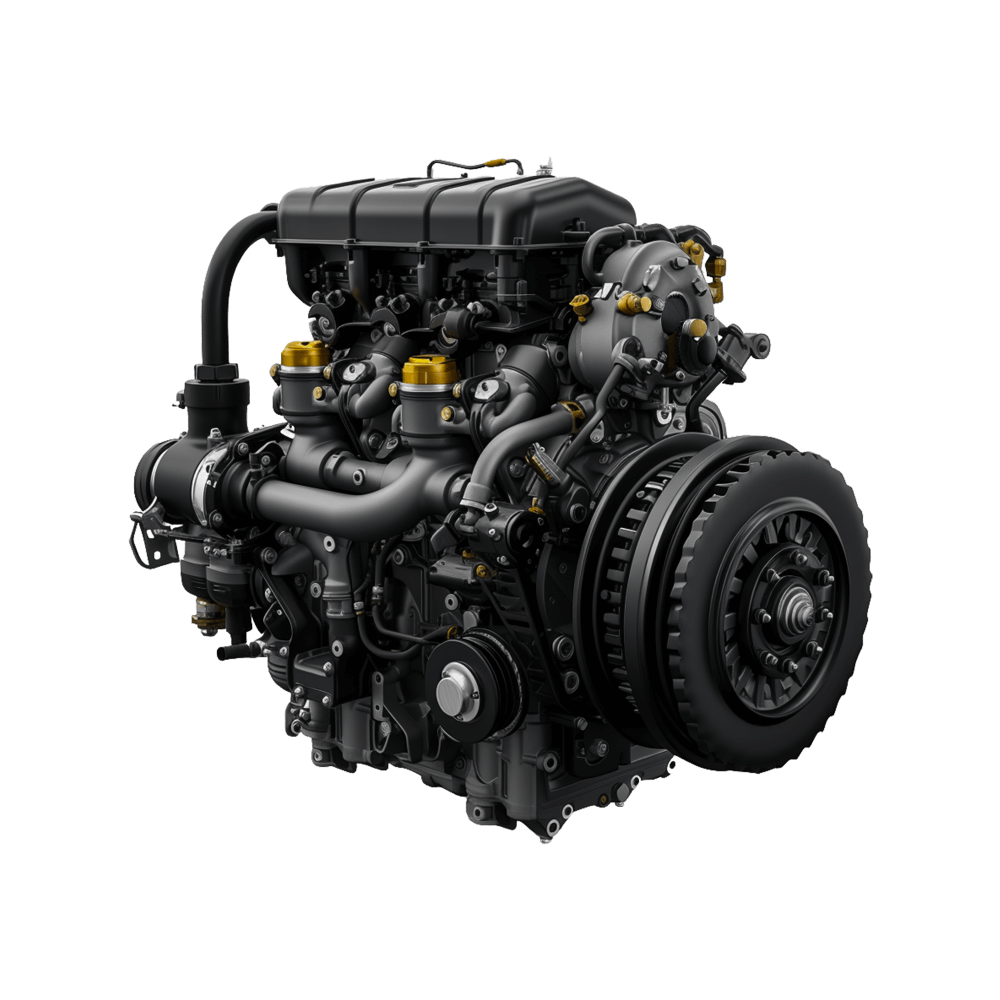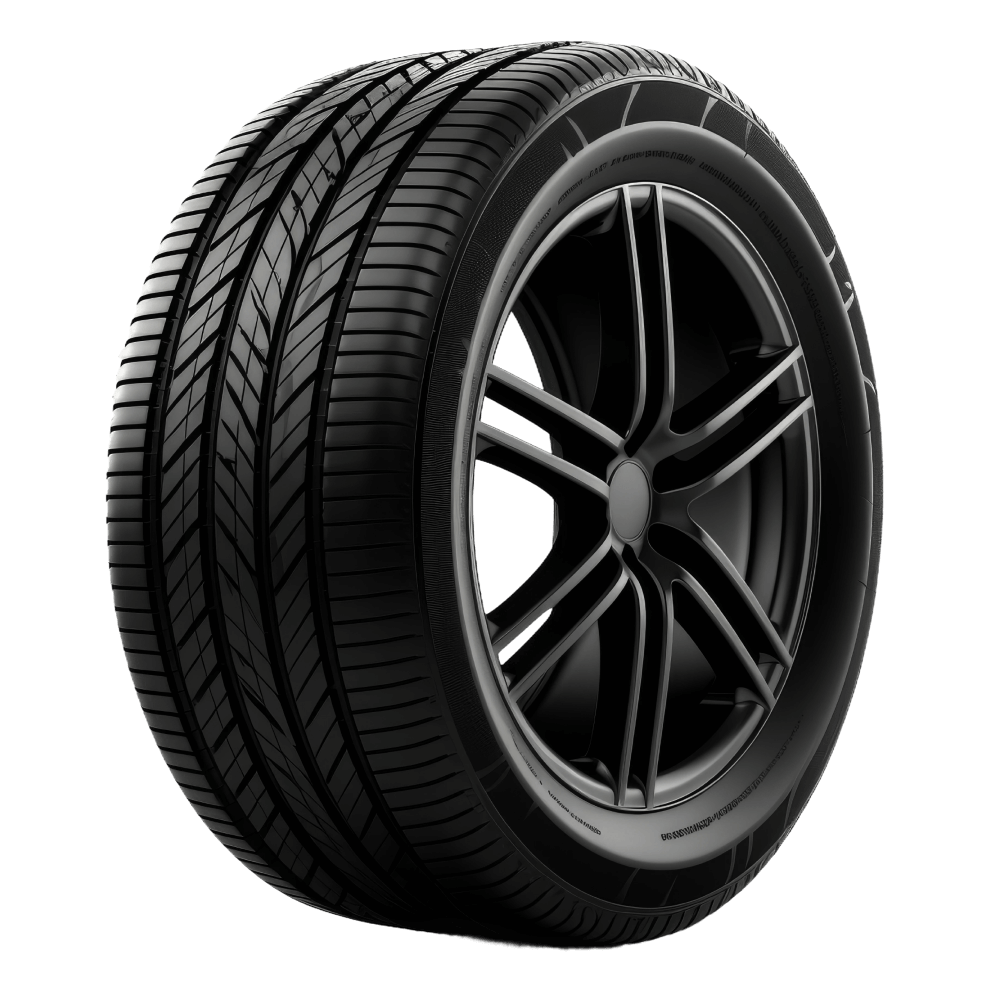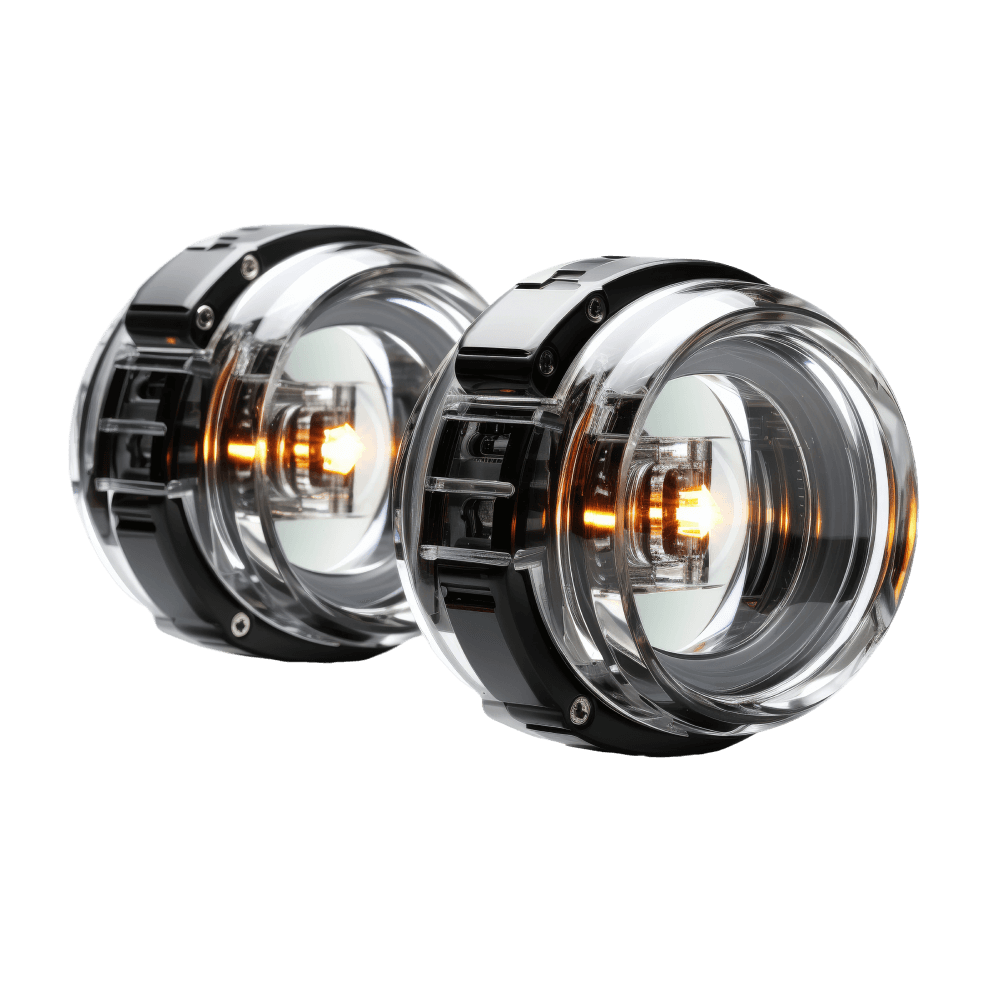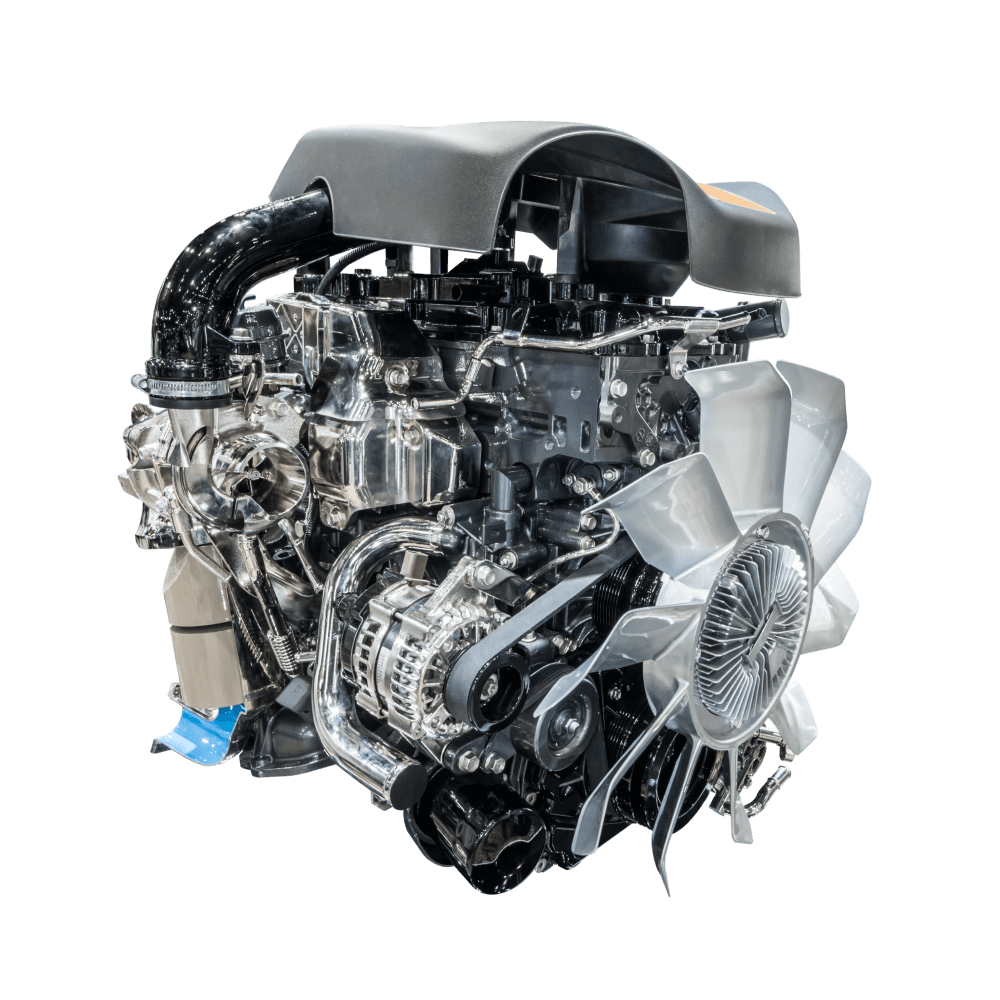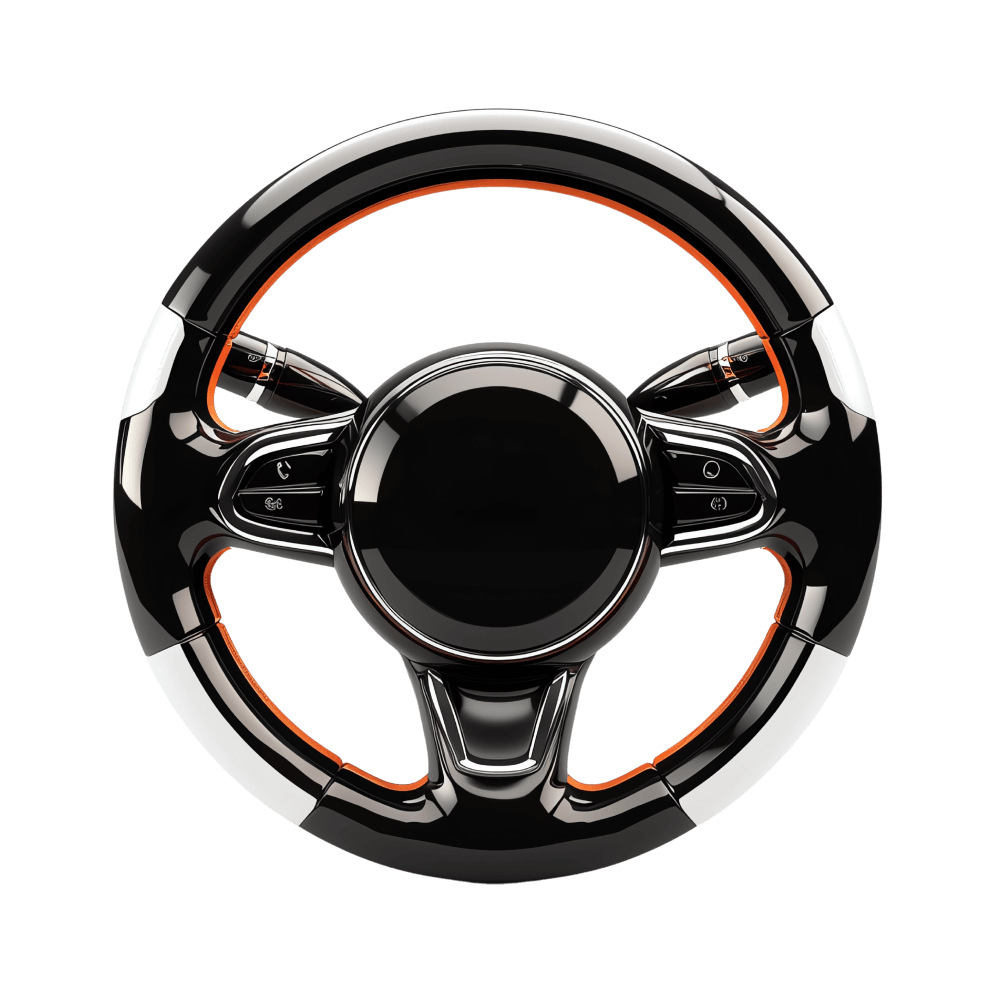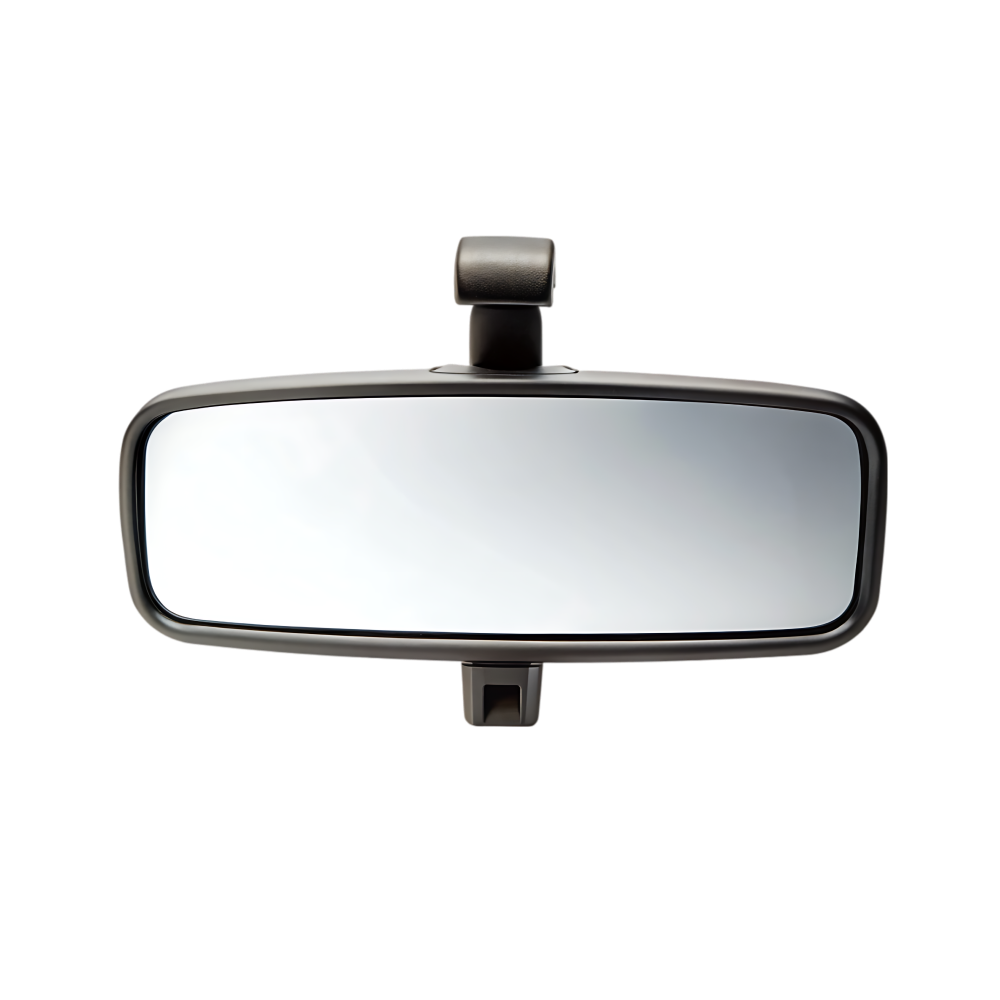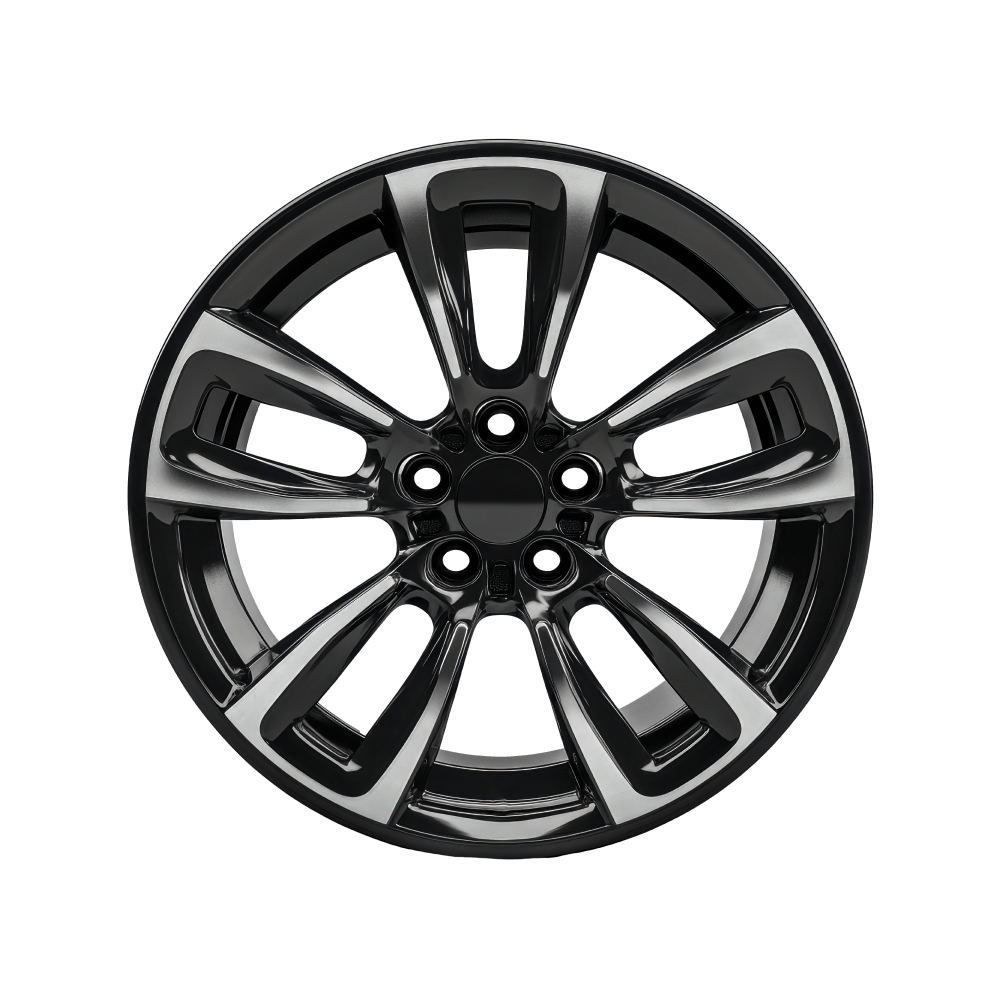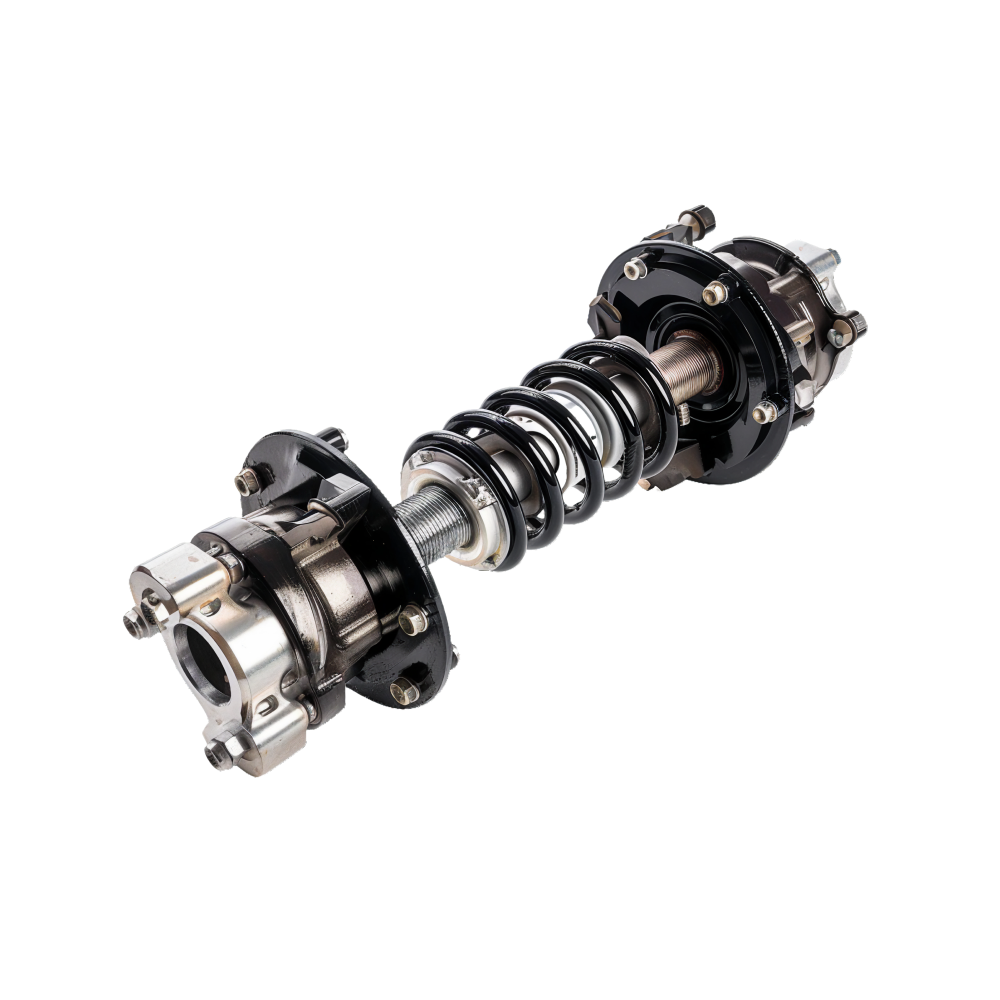A new study has found alarming PM2.5 concentrations near EV charging stations
Electric vehicles are often billed as an eco-friendly solution to the world’s problems, but it appears they’re hiding a dirty secret. In this case, it’s high levels of particulates near EV charging stations.
The surprising finding was discovered by researchers from the UCLA Fielding School of Public Health, who took readings at 50 DC fast charging stations and compared them to other sites. They were interested in potentially dangerous air particles known as PM2.5, which are about 30 times smaller than a human hair.
More: EVs Pollute 30% Less Than ICE Over Lifetime, But Only After 56K Miles
In Los Angeles, the study found the urban background PM2.5 concentration is 7 to 8 micrograms per cubic meter and that increases to around 10 to 11 on freeways or at busy intersections. Gas stations clocked in at around 12 micrograms per cubic meter, while fast chargers averaged 15 and peaked as high as 200.
Researchers noted the highest levels were found at the chargers’ power cabinets, but concentrations dropped “quite a bit” just a few meters away. They added that “a few hundred meters away, there’s no noticeable difference compared to background levels of pollution.”
Dr. Yuan Yao said, “Our findings suggest that these tiny particles likely come from particle resuspension around the DCFC’s power cabinets.” She went on to explain the cabinets convert electricity from the grid into the direct current needed to charge electric vehicles, and they also contain fans to prevent them from overheating. It’s believed these fans are stirring up dust and particles, making air around charging stations ‘dirty.’
Dr. Michael Jerrett explained the dangers as he said, “These particles are so small, they can travel deep into your lungs and even enter your bloodstream – potentially leading to serious problems like heart or lung disease.” Unsurprisingly, those with pre-existing conditions or heightened sensitivity are at higher risk of suffering health issues related to fine particle exposure.
Despite the risks, UCLA environmental health professor Yifang Zhu said “EVs remain a vast improvement over combustion vehicles, and our own studies show that transportation electrification cleans the air for everyone.” She went on to suggest the charger emissions could be addressed by adding air filters to the power cabinets.
In the meantime, researchers suggest that EV drivers remain inside their vehicle with the climate control system running, while it charges. As an alternative, they can leave the area to get to cleaner air.
Google News
MSN Start
Hailing from Metro Detroit, it was practically destiny for Michael Gauthier to dive headfirst into… Read full bio



